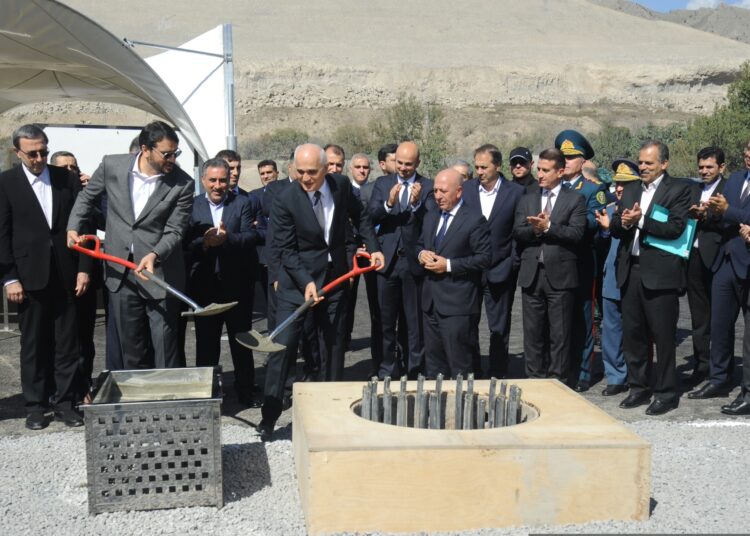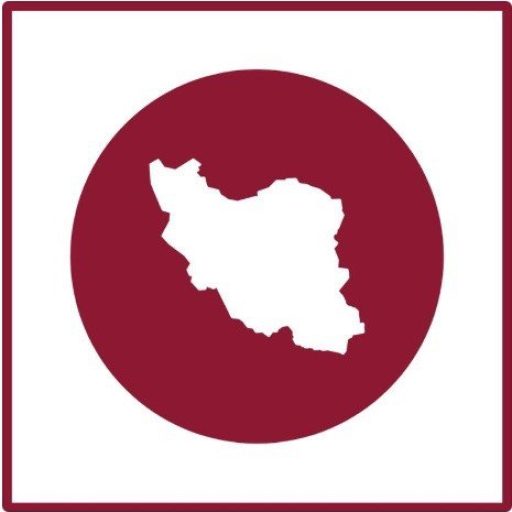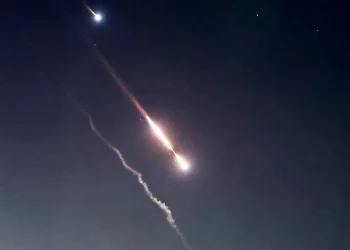Can Tehran’s campaign of “economic diplomacy” and Baku’s “political diplomacy” be harbingers of a more stable epoch in the relationship between Iran and Azerbaijan?
On an early Friday dawn, a mere two days subsequent to the visit of Khalaf Khalafov, the Azerbijanian president’s representative, to Tehran, Mehrdad Bazarpash, Iran’s Minister of Roads and Urban Development, embarked on a special envoy mission to Baku. Before his rendezvous with Azerbaijan’s president, Bazarpash expressed he was the bearer of a significant message from the Iranian President addressed to his Azerbaijani counterpart. Speculations suggest that this message encapsulated political and economic implications at both bilateral and regional echelons.
A salient point of discussion within the political negotiations between Tehran and Baku lies in an ongoing litigation surrounding an attack on the Azerbaijan embassy in Tehran. A sole assailant executing a personal vendetta attacked Azerbaijan’s Tehran Embassy on January 27, compelling Baku to temporarily cease embassy operations within Iran. Reports indicate the case is in the final phases for the final judgment, which is anticipated to precede the renewal of embassy activities. Concurrently, diplomatic discussions between Tehran and Baku aim to mediate tensions on regional projects that Iran perceives as geopolitical change.
Accounts of the Iranian President’s envoy’s visit to Baku highlight the positive reception of the conveyed message and the resultant discussions. The President of Azerbaijan, during his interaction with the Iranian delegation, acknowledged the amicable relationship with Iran as a pivotal aspect for regional stability. Ilham Aliyev, moreover, expressed his approval over Iran’s proposition to employ the 3+3 framework, entailing the three South Caucasus countries and their regional neighbors: Iran, Russia, and Turkey.
A portion of the discourse between Iran’s Minister of Roads and Urban Development and the President of Azerbaijan concentrated on surveying the latest advancements in shared economic projects. During the deliberation, the Iranian official urged to expedite transportation projects under the framework of “Iran Road”.
On that same Friday morning, Iran’s Minister of Roads and Urban Development initiated a meeting with Azerbaijan’s Deputy Prime Minister Shahin Mustafayev and the Minister of Transport, Communications and High Technologies Rashad Nabiyev at the border’s epicenter. Following this meeting, the implementation operation of a road bridge project set to link the autonomous Republic of Nakhchivan to Azerbijan began, witnessed by representatives from both nations in the Kalale-Aghband border area. This vital infrastructural endeavor, aimed at creating a shared border bridge for automobiles upon the Aras River, forms the Azerbaijan-Iran-Nakhchivan Corridor. Negotiations are also underway for an additional railway project.
As per the agreement, both parties will establish customs infrastructure on their respective sides of the bridge, and anticipate a daily transit of 1,100 vehicles over the Aghband bridge. Expansions within the border terminals will conceivably double the current traffic.
Sharing an extensive border of over 765 kilometers, the geographical adjacency between Iran and Azerbaijan presents abundant opportunities for economic cooperation and infrastructural development, particularly within the spheres of transportation, energy, and agriculture. In these strategic sectors, several joint projects are in different stages of completion and some are subjects of the political-economic discussions between the two countries.
Noteworthy joint ventures between Iran and Azerbaijan that are either within the realm of active discussion or already in motion, which have the potential to elevate the diplomatic relationship to a strategic level, encompass the following:
- A preferential trade accord, currently in its final phase, earmarked for the ultimate authentication by the ministers of both nations;
- Exploration of establishing a railway linkage between Iran and Azerbaijan, specifically encompassing Parsabad, Ardabil and Imishli in Azerbaijan;
- The undertaking to construct twin infrastructures – a rail and road bridge – in conjunction with energy transmission lines over the Aras River in the Aghband-Khodaafarin sector (situated in East Zangezur, Azerbaijan), proposed to forge a novel connector route between Azerbaijan and the Autonomous Republic of Nakhchivan via Iran;
- Conceiving a bridge over the Astara River, located in the city of Astara;
- Astara International Railway Terminal and Dock;
- The erection of Khodaafarin and Qiz-Qalasi dam and hydroelectric projects;
- Realization of the International North-South Transport Corridor (INSTC) by bringing the Rasht-Astara railway to fruition;
- Turkmenistan gas swap contract via Iran to Azerbaijan, set to rise to three billion cubic meters annually;
- The production of Iran Khodro products, such as Samand, Dena regular, Dena Plus manual, Dena Plus automatic, Tara standard and Tara automatic vehicles, within the Neftchala site in Azerbaijan;
- Integration of the power grids of Iran, Azerbaijan, and Russia in a synchronous fashion;
- Exploration and operation of Alvand and Alborz oil reserves within the Caspian Sea;
- The potential involvement of the National Iranian Oil Company (NIOC) in a consortium dedicated to the extraction of crude from the Shah Deniz oil field.






